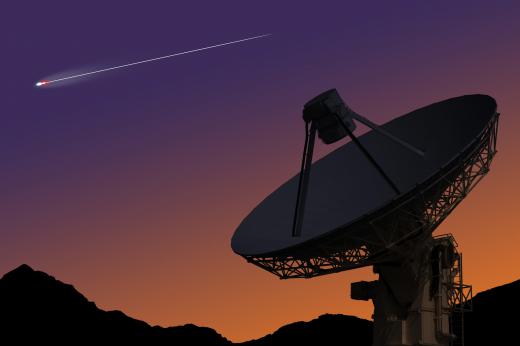What is Omega Centauri?
 Michael Anissimov
Michael Anissimov
Omega Centauri, also called NGC 5139, is a dense global cluster of stars that orbits the Milky Way. It is clearly visible from most of the southern hemisphere with the naked eye, located about 18,300 light years from the Earth, or ~18% of the galactic diameter. In 2003 it was proposed that Omega Centauri could be the remnant of a dwarf galaxy hundreds of times its size that was swallowed and ripped apart by the Milky Way many millions of years ago. The age of Omega Centauri is estimated at about 12 billion years, and it is one of few globular clusters which can be seen without the aid of a telescope.
Omega Centauri was originally discovered by the astronomer Edmund Halley in 1677. It is the largest and most luminous star cluster associated with the Milky Way, denser than even the Milky Way's galactic core. The center of Omega Centauri is so dense that stars are only about 0.1 light years (~6000 AU) apart. The cluster has a diameter of approximately 100 light years. Omega Centauri contains several million Population II stars, which have a very low metallicity (few elements other than hydrogen or helium) and great age. Population II stars are common in globular clusters and in the galactic core and halo. Younger Population I stars, like our Sun, are found in the galactic arms.

Usually global clusters all form from the same primordial gas cloud, but observations indicate that stars in Omega Centauri have a range of different ages and metallicities. Astronomers are not exactly sure why this is the case, but the theory that Omega Centauri is the remnant core of a dwarf galaxy have been advanced to explain it.
Omega Centauri has what might be called a "sister cluster" in the neighboring Andromeda Galaxy, known as the Mayall II. With more than twice the mass of Omega Centauri, Mayall II is the brightest globular cluster in the Local Group of galaxies, and is also theorized to be a dwarf galaxy remnant.
AS FEATURED ON:
AS FEATURED ON:












Discuss this Article
Post your comments